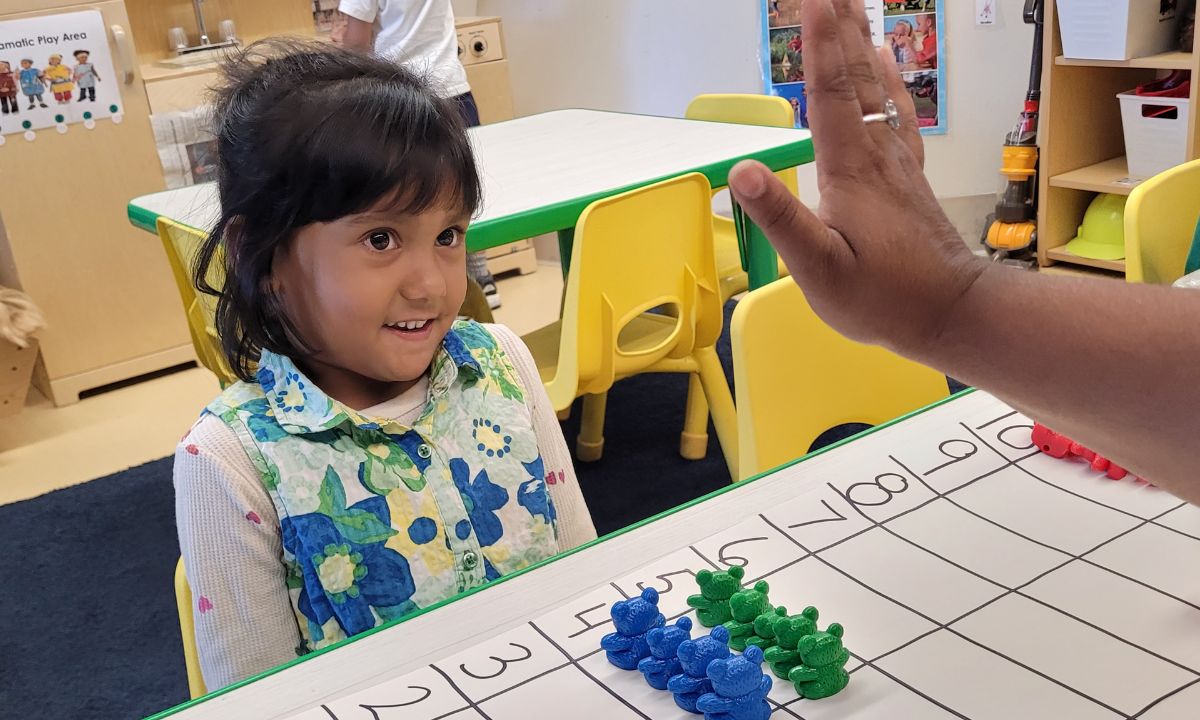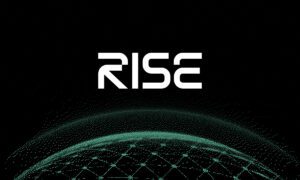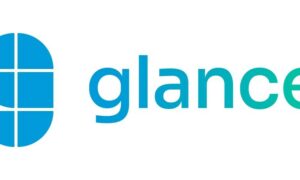Singapore’s mathematics education system is consistently ranked among the best in the world. Known for its rigorous curriculum, strong teacher training, and emphasis on problem-solving skills, Singapore has developed a framework that not only helps students excel in examinations but also builds deep conceptual understanding.
The Foundations of Maths Success
The success of maths education in Singapore starts early. From primary school, students are exposed to a systematic approach that builds from concrete examples to abstract reasoning. The Singapore Math method—used both locally and internationally—focuses on three stages of learning: Concrete, Pictorial, and Abstract (CPA). This approach ensures that students grasp the “why” behind the formulas, not just the “how.”
Parents who want to give their children an extra edge often consider enrolling them in specialized programs such as primary 4 Maths Tuition in Singapore. These classes help students strengthen their foundations, tackle challenging problem sums, and prepare for school assessments with confidence.
A Curriculum Designed for Mastery
The Ministry of Education (MOE) designs a curriculum that is not only academically challenging but also balanced. Topics are introduced gradually, ensuring mastery at each level before moving on. This prevents learning gaps and builds confidence.
For example, primary school students begin with basic number operations and progress to fractions, percentages, geometry, and algebraic thinking. Each concept is reinforced with real-world applications, encouraging students to see maths as a practical and valuable skill.
Teacher Training and Pedagogical Excellence
Singapore invests heavily in teacher training. All maths teachers undergo professional development to stay updated on the latest teaching methods and assessment strategies. Teachers are encouraged to focus on differentiated instruction—tailoring lessons to suit the varying abilities of students within the same classroom.
The Role of Problem-Solving in Learning
Problem-solving is at the heart of Singapore’s maths education. Rather than relying solely on rote memorization, students are taught to analyze, interpret, and find creative solutions. This approach nurtures critical thinking, logical reasoning, and persistence—skills that benefit them beyond mathematics.
Beyond the Classroom: Tuition and Enrichment
While the school curriculum is strong, many parents opt for additional tuition or enrichment programs to provide personalized guidance. These lessons often focus on advanced problem sums, Olympiad-style questions, and exam techniques. This extra support can be particularly beneficial in bridging learning gaps or pushing high-achievers to greater heights.
Global Recognition and Influence
The effectiveness of Singapore’s maths education is reflected in its top rankings in international assessments like TIMSS (Trends in International Mathematics and Science Study) and PISA (Programme for International Student Assessment). The Singapore Math method is now adopted in schools across the US, UK, and Australia, proving its adaptability and success.
Conclusion
Maths education in Singapore is a benchmark for the world—rooted in mastery, supported by excellent teaching, and reinforced with practical applications. For students seeking to excel, a strong foundation from both the school system and specialized support, such as primary 4 Maths Tuition in Singapore, can make all the difference in achieving long-term academic success.
FAQs
1. Why is Singapore’s maths education considered one of the best in the world?
Singapore’s maths education is highly regarded due to its structured curriculum, emphasis on conceptual understanding, and focus on problem-solving skills. The Singapore Math method ensures students master concepts step-by-step, leading to strong performance in both local and international assessments.
2. What is the Singapore Math method?
The Singapore Math method is a teaching approach based on the Concrete-Pictorial-Abstract (CPA) framework. Students start by using hands-on objects, progress to visual models, and finally work with abstract symbols and equations. This builds deep understanding instead of relying solely on rote memorization.
3. At what age should my child start maths tuition in Singapore?
While some children begin as early as Primary 1, many parents find Primary 4 Maths Tuition in Singapore beneficial, as it is a crucial stage where more complex topics like fractions, decimals, and challenging problem sums are introduced. This support helps students build confidence and prepare for higher-level topics.
4. How does Singapore’s maths curriculum prepare students for the future?
The curriculum emphasizes problem-solving, logical reasoning, and analytical thinking—skills that are essential not only for academic success but also for careers in STEM fields. Students also learn to apply mathematics to real-life situations, enhancing their practical skills.
5. Do students in Singapore rely heavily on tuition to excel in maths?
While the school system is strong, many families choose additional tuition to give their children a competitive edge. Tuition provides personalized attention, reinforces classroom learning, and helps students excel in exams. However, not all students require tuition; it depends on individual learning needs.



































